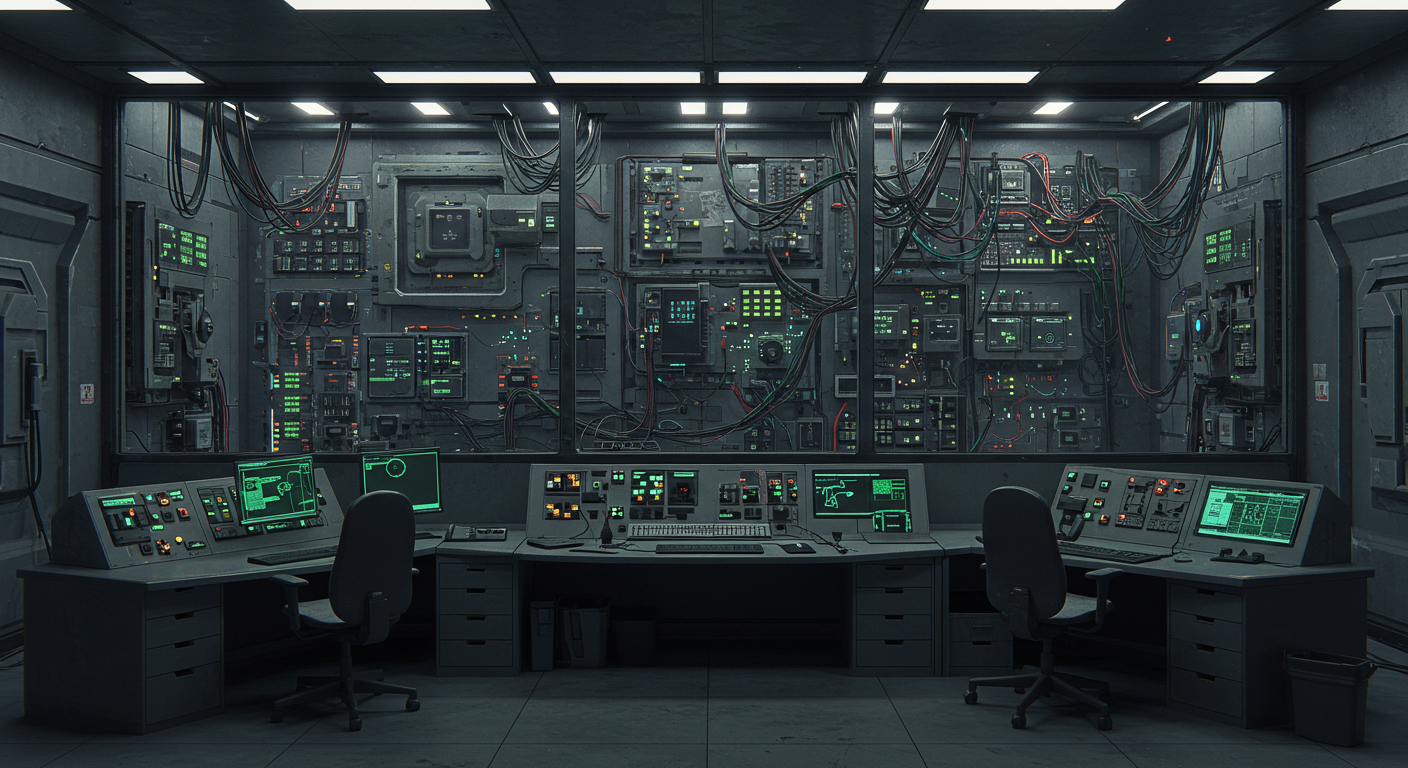You walk into a modern control room and notice the wall of screens, the glowing dashboards, the sleek consoles. You think: impressive technology. But the real genius? It’s in what you don’t see.
The cables — routed beneath floors, through silent conduits, never tripping feet or tangling hands. The air vents — positioned to circulate without whispering distraction. The emergency exits — unmarked but instinctively reachable. The color of the walls — not chosen for style, but for its effect on pupil dilation and mental fatigue. The height of the workstation — calibrated not to the average human, but to the specific physiology of the person who will sit there for twelve hours straight.
This is the art of invisible design — where every choice serves function over form, safety over spectacle, human endurance over aesthetic novelty. A poorly placed button doesn’t just cause inconvenience — it causes delay. A badly angled screen doesn’t just strain the neck — it blurs perception. A distracting reflection doesn’t just annoy — it obscures the warning that could prevent disaster.
Design here is not decoration. It’s defense. Defense against human error. Defense against cognitive overload. Defense against the slow creep of fatigue that turns vigilance into vulnerability. Every millimeter is measured. Every material is tested. Every hue is evaluated — not by designers, but by neuroscientists, ergonomists, and operators themselves.
The chair? Engineered like a pilot’s seat — because the stakes are just as high. The lighting? Tuned like an operating theater — because precision is non-negotiable. The acoustics? Modeled like a library — because silence here is not absence, but concentration made audible.
And the greatest trick of all? When it works perfectly, you never notice it. The operator doesn’t praise the chair — they simply don’t ache. They don’t compliment the lighting — they simply don’t squint. They don’t thank the layout — they simply respond faster, think clearer, stay calmer.
That’s the hallmark of true design excellence: when the environment disappears, and only the task remains. When the human is so seamlessly supported that they become one with the system — not fighting it, not straining against it, but flowing with it.
In a world that celebrates the visible — the flashy screens, the blinking lights, the roaring servers — the control room stands as a monument to the power of the unseen. The silent adjustments. The hidden supports. The thoughtful placements. The careful omissions.
Because here, lives aren’t saved by alarms. They’re saved by anticipation. Not by technology alone — but by the invisible architecture of care that wraps around the human at the center of it all.
Great design doesn’t shout. It protects. It doesn’t impress. It enables. And in the quietest rooms in the city, that’s the loudest kind of success there is.

